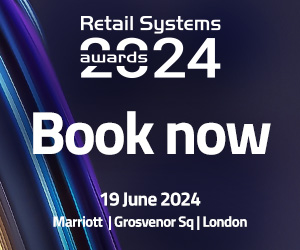More than one billion contactless payments have now been made on London’s transport network with ‘tap and go’ payments made via mobile devices becoming increasingly popular.
The landmark figures, published today by TfL, show that, on average, two million journeys are now made using contactless every day. In total, 40 per cent of all pay as you go journeys are now made using contactless, up from 25 per cent in early 2016.
Of these, almost one in 10 contactless transactions are now made using mobile devices, with more than 31 million journeys made specifically using mobile phones in London in the last 12 months.
TfL's contactless payment system was first launched on London's buses in December 2012 and expanded to cover Tube and rail services in London in September 2014.
Sadiq Khan, Mayor of London, said: “I'm delighted that we've hit one billion contactless journeys in London. The dramatic increase in the use of contactless over the last year shows the real progress we've made making journeys easier and more convenient for busy Londoners and also visitors to our city.
Kevin Akerman, Visa’s executive director of data management and business intelligence, added: “A main reason contactless payments have taken off is the seamless payment experience it creates for consumers.
“The fact that people traveling around London, one of the busiest cities in the world, can tap their card and, in less than a second, pay to use any form of transport they wish – avoiding queues and without the need for paper tickets – is certainly frictionless. And the fact that TfL has just recorded its one billionth contactless journey, is a clear sign that London loves it.”
Latest News
-
Amazon sales jump 13% as AI proposition drives growth
-
Roger 'Bitcoin Jesus' Ver arrested on tax charges
-
Google reportedly agrees AI content and tech deal with News Corp
-
Novo Nordisk owner to invest €188m in quantum startups
-
Getir announces plans to exit UK, EU and US
-
Tesco uses AI to power personalised ‘customer challenges’
Bringing Teams to the table – Adding value by integrating Microsoft Teams with business applications
A decade ago, the idea of digital collaboration started and ended with sending documents over email. Some organisations would have portals for sharing content or simplistic IM apps, but the ways that we communicated online were still largely primitive.
Automating CX: How are businesses using AI to meet customer expectations?
Virtual agents are set to supplant the traditional chatbot and their use cases are evolving at pace, with many organisations deploying new AI technologies to meet rising customer demand for self-service and real-time interactions.
© 2019 Perspective Publishing Privacy & Cookies










Recent Stories